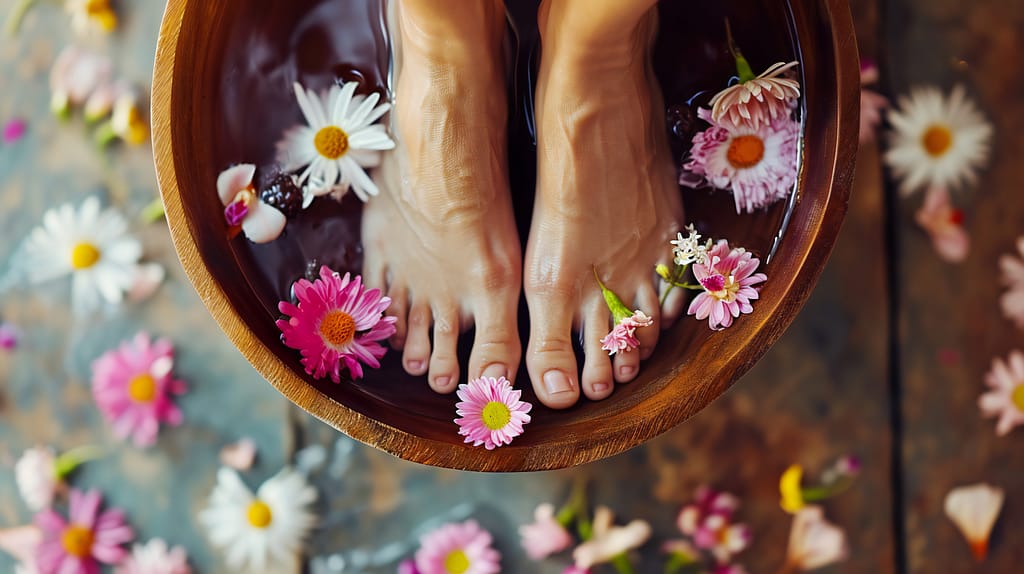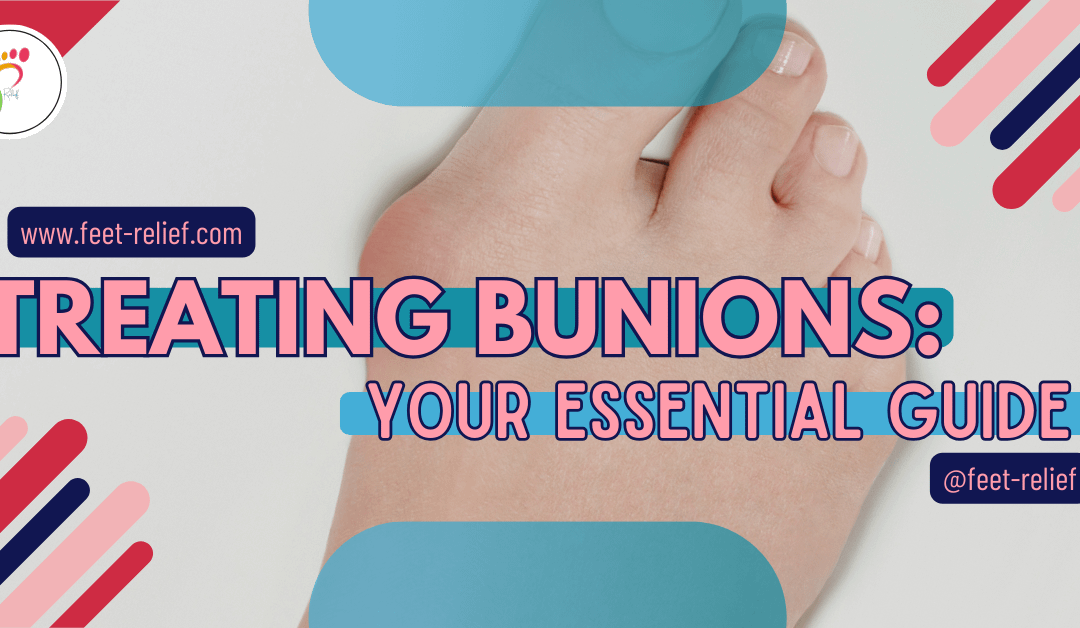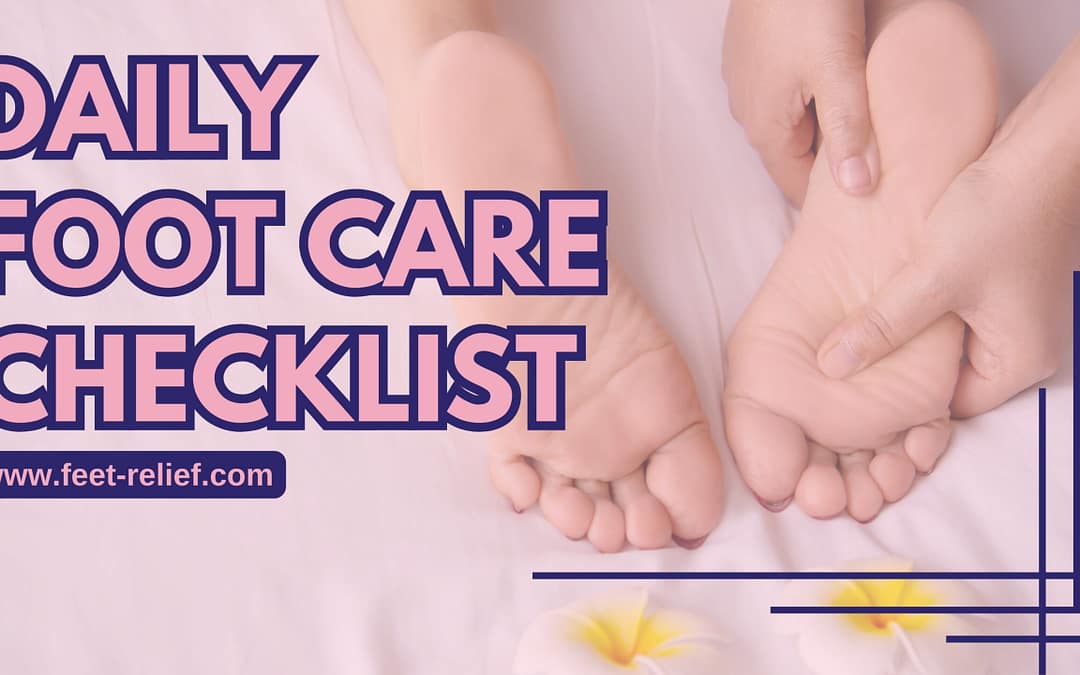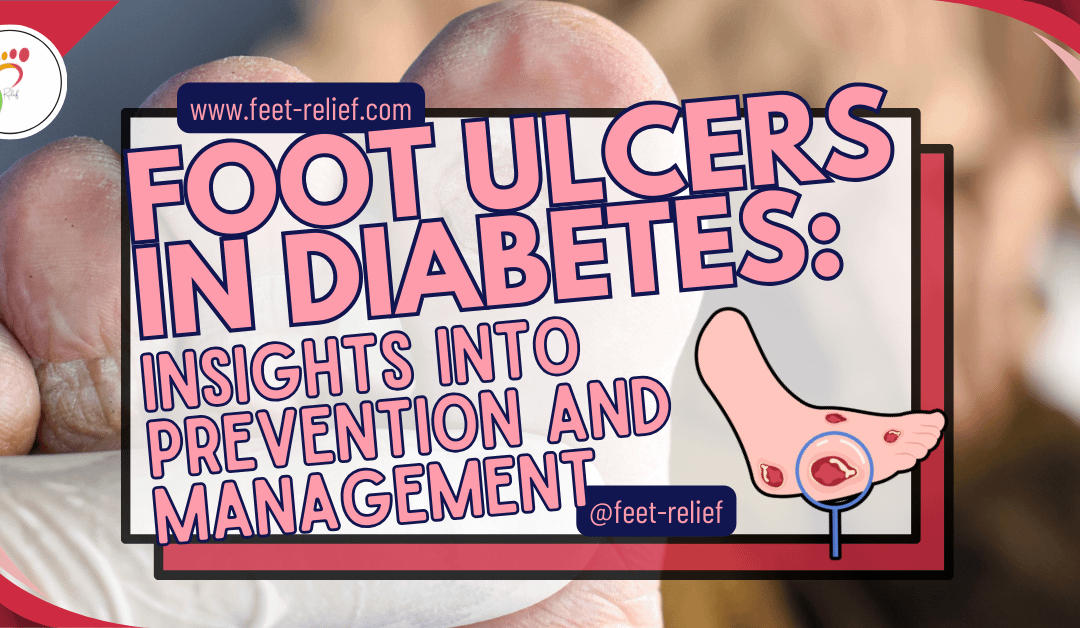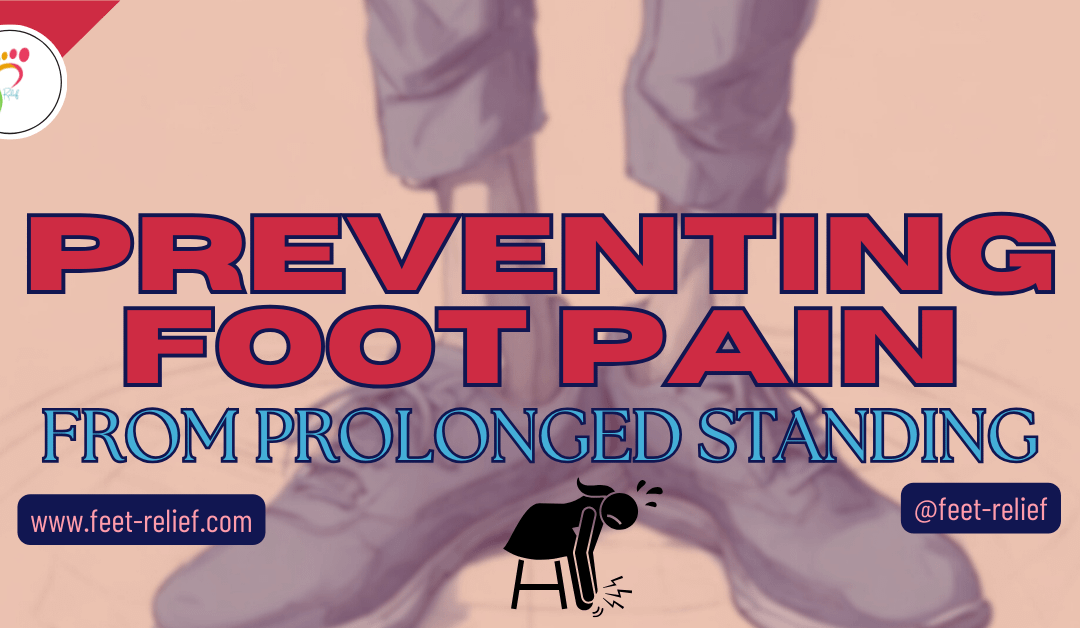
Preventing Foot Pain From Prolonged Standing
Preventing foot pain from prolonged standing has always been important to me. I understand firsthand the aches and pains of spending an entire day on your feet, only to feel like you’ve run a marathon by the end of it. It’s not just the soreness but also the buildup of pressure on the feet and the tightness in the legs.
With these tips and insights, standing for long periods shouldn’t be daunting. From understanding the root causes to finding the best practical solutions, this is a journey your soles will appreciate.
Standing Strong: Understanding and Preventing Foot Pain
What causes foot pain from prolonged standing? The first thing you’ll learn is the typical culprits behind this discomfort. For starters, standing for extended periods puts constant pressure on your feet, which can lead to various issues, such as muscle fatigue, joint compression, and impaired circulation.
It’s not just about soreness, either; how standing affects foot health dives deep into risks such as the development of varicose veins, swollen feet, and even more severe conditions like plantar fasciitis. And if you’re wondering about your particular occupation’s impact on podiatric well-being, let’s just say some jobs put more of a strain on your feet than others.
When considering the anatomy involved, you’ll realize it’s a complex network. Your feet are marvels of engineering, made up of muscles, ligaments, and bones all working together. Under the pressure of your body weight, they can become overworked, and that’s the crux of foot pain from standing. Trust me, by taking care of your feet, you’re taking a huge stride towards overall well-being.
Video Credit: @DrAndrewSchneider
How do we transition from understanding the issue to finding a solution? The next logical step is to look at your shoes. That’s right, your footwear plays a pivotal role in preventing foot pain. In the next section, ‘Equipped for Relief: Essential Footwear Features,’ you’ll learn exactly what to look for in a shoe to provide the best support and comfort for those precious feet.

Key Takeaways:
- Understanding Foot Pain from Prolonged Standing: Prolonged standing can lead to various foot issues, including muscle fatigue, joint compression, and impaired circulation. It is essential to recognize the signs and symptoms of foot pain caused by standing for extended periods.
- Importance of Proper Footwear: Choosing the right footwear prevents foot pain. Features like arch support, cushioning, and breathable materials can help alleviate discomfort and maintain foot health during long hours of standing.
- Lifestyle Adjustments: Incorporating intermittent sitting, foot exercises, a balanced diet, and proper foot hygiene into your daily routine can help alleviate foot strain and prevent pain from prolonged standing.
- When to Seek Professional Help: Persistent foot pain, swelling, or noticeable changes in foot structure should prompt a visit to a podiatrist. Early intervention can prevent severe foot conditions and improve outcomes.
- Resources and Support: Community resources, such as support groups and local clinics, can provide guidance and assistance for individuals experiencing foot pain, especially those with financial concerns.

Equipped for Relief: Essential Footwear Features
I will let you in on something: not all shoes are created equal, especially when it comes to standing all day. You might love your fashionable sneakers, but are they doing your feet any favors during those long hours on your feet? Let’s find out.
Interesting Fact
- Research suggests that wearing improper footwear while standing for long hours can contribute to not just foot pain, but also back pain. Shoes with inadequate support can alter your posture, leading to strain on the spine and lower back muscles. So, investing in the right footwear isn’t just about foot comfort—it’s about overall musculoskeletal health.

Supportive Sole Design
Video Credit: @PositiveMotionChiro
Starting with the foundation — quite literally. Supportive sole design is no small detail. The right arch support and cushioning can mean the difference between comfort and chronic pain. Choose shoes with a thick, soft sole that provides ample cushioning and maintains the natural shape of your arch.
Proper Fit
I’m here to help you understand why proper fit is crucial. A shoe that’s too tight can lead to blisters and calluses, while one that’s too loose can cause your foot to slide and lead to muscle strain. Make sure to measure your feet regularly, as sizes can change over time.
Breathable Materials
Let’s talk about materials. Breathable fabrics aren’t just a luxury but necessary for foot health. Materials like leather and certain meshes allow air to circulate, keeping your feet dry and helping prevent fungal infections.
Innovation in Foot Technology
Don’t worry too much about keeping up with the Joneses, but pay attention to innovations in foot technology every now and then. Advances such as memory foam insoles and gel padding can provide that extra bit of comfort and support that makes a big difference.
Remember, making the right choices in your footwear is a strong step towards preventing foot pain, but it’s not the only one. We’ll need to look at how adjusting your daily routines can also play a pivotal role in keeping your feet happy.
Lifestyle Adjustments: Practices to Alleviate Foot Strain
Alright, strap in because we’re about to shift gears. It’s not just about securing the proper footwear; your overall lifestyle can be a game-changer when it comes to preventing foot pain from prolonged standing. Here’s some practical advice that will pay off, quite literally, from the ground up.
Intermittent Sitting
Strategic resting is key instead of just taking a break. Alternating between standing and sitting throughout the day gives your feet crucial recovery time. This simple practice can prevent soreness and contribute to long-term foot health. If standing is unavoidable at work, consider proposing scheduled breaks that allow for short periods of rest.
Foot Exercises
Small but effective stretches and strength exercises can be done right at your desk or workstation. These movements help build a robust support system in your feet, which is essential for absorbing the impact of prolonged standing. Learn a few stretches that can be your silent allies against foot pain.
Diet
What you eat can impact every part of your body, including your feet. Foods rich in anti-inflammatory properties can help alleviate foot pain. Additionally, staying hydrated and maintaining a healthy weight reduces stress on your foot joints and muscles. Discover nutrition tweaks that could provide relief for your tired feet.
Foot Hygiene and Preventative Care
Basic foot hygiene is often overlooked but crucial. Keeping your feet clean, dry, and moisturized can prevent conditions that worsen pain, such as blisters or fungal infections. Regular checkups with a podiatrist and monitoring changes in foot structure or skin integrity can help avoid many foot-related issues.
When to Seek Professional Help: Signs and Resources
I will lay it out for you: not all foot pain is created equal. Sometimes, the pain persists no matter how ergonomic your shoes are or how many stretching exercises you do. That’s when it becomes crucial to recognize when to seek professional help.
Signs it’s Time to See a Specialist
What signs tell you it’s time to see a specialist? If you’re experiencing consistent pain, swelling that doesn’t subside, or noticeable changes in the structure of your feet, you must book an appointment with a podiatrist. These symptoms can indicate underlying issues that require medical attention.
The Role of Podiatrists
So you’ve decided to see a foot specialist. Podiatrists are the wizards in the world of foot health. They offer many treatments, from custom orthotics to surgery, if necessary. Don’t worry too much about the perceived hassle; addressing foot problems early often leads to better outcomes.
Understanding Insurance Coverage
I understand that medical expenses can be a concern. That’s why it’s crucial to comprehend your insurance policy. Most insurance plans offer podiatry coverage, but it can vary. Check what’s included in your policy and whether referrals or pre-authorizations are needed for specialist visits.
Community Resources and Support
And remember, you’re not in this alone. There are community resources like support groups and local clinics that offer guidance and sometimes even free or low-cost services. These can be invaluable for those on a tight budget or seeking additional support.
Video Credit: @Footankle
Take Steps Towards Relief
Choose something that resonates with you, whether connecting with others through a support group or finding the right doctor. It’s all about taking those critical steps towards alleviating foot pain. And don’t shy away from asking for help—it’s a sign of strength, not weakness.
I hope that this guidance lights your path to a pain-free standing experience. Just don’t focus too much on perfection. It’s okay to take time to find what works best for you. After all, your first attempt doesn’t need to be your last. Thanks for reading, and I look forward to seeing you stride forward in both comfort and health.
Posture Awareness: The Role of Ergonomics in Preventing Foot Pain from Prolonged Standing
Maintaining proper posture is crucial for preventing foot pain from prolonged standing. Your posture directly affects weight distribution across your feet, impacting muscle fatigue and joint strain. By understanding and implementing ergonomic principles, you can significantly reduce the risk of foot discomfort and related issues.
Practical Tips for Optimal Posture:
- Stand Tall: Maintain a straight spine without slouching or leaning forward to reduce pressure on the feet.
- Distribute Weight Evenly: Shift your weight periodically to prevent overloading specific areas and keep your feet hip-width apart for stability.
- Engage Core Muscles: Activate your core muscles to support your spine and maintain posture stability.
Incorporating these posture-awareness practices into your routine complements other preventive measures, such as selecting appropriate footwear and taking regular breaks, promoting overall foot health and well-being.
Ending on a Strong Foot: Empowering Steps for Preventing Foot Pain
Preventing foot pain from prolonged standing demonstrates that caring for our feet is paramount. Understanding the causes and implementing practical solutions form the foundation of foot care and relief. Investing in proper footwear, incorporating lifestyle adjustments, and seeking professional help when needed are crucial steps toward maintaining foot health.

Lace up those supportive shoes, prioritize intermittent sitting and foot exercises, and schedule that podiatrist appointment if you’re experiencing persistent pain. Your feet are your foundation, so let’s give them the care they deserve.
Frequently Asked Questions
Why is foot pain from prolonged standing such a common issue?
Prolonged standing places continuous pressure on the feet, leading to muscle fatigue, joint compression, and impaired circulation. Over time, this can result in various foot issues, including soreness, swelling, and even more serious conditions like plantar fasciitis.
How can I choose the right footwear to prevent foot pain?
When selecting shoes for prolonged standing, prioritize features such as arch support, cushioning, and breathable materials. Look for shoes with a supportive sole design, proper fit, and breathable fabrics like leather or mesh to maintain foot health and comfort.
What lifestyle adjustments can help alleviate foot strain from standing for long periods?
Incorporating intermittent sitting breaks, performing foot exercises, maintaining a balanced diet, and practicing proper foot hygiene are all beneficial lifestyle adjustments. These practices can help reduce foot strain, promote circulation, and prevent discomfort associated with prolonged standing.
When should I seek professional help for foot pain from standing?
Persistent foot pain, swelling that doesn’t subside, or noticeable changes in foot structure should prompt a visit to a podiatrist. Early intervention can prevent serious foot conditions and improve outcomes, so it’s important not to ignore persistent symptoms.
Are there resources available for individuals experiencing foot pain, especially those with financial concerns?
Yes, community resources such as support groups and local clinics offer guidance and sometimes even free or low-cost services. Additionally, it’s important to check your insurance policy for podiatry coverage and understand any requirements for specialist visits.










